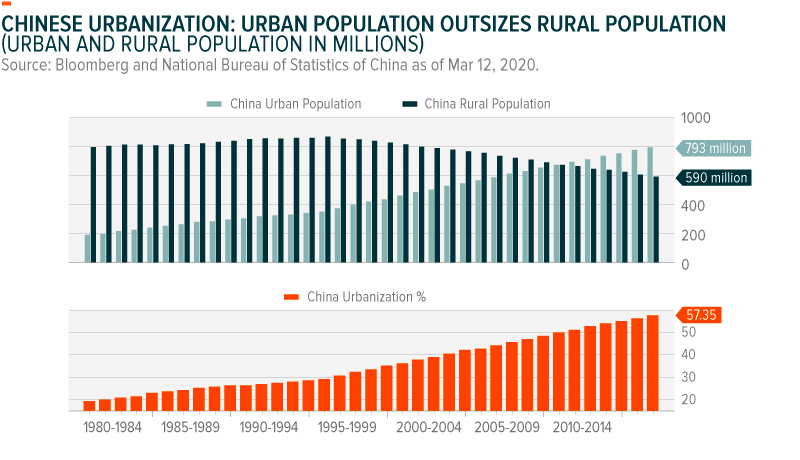Well folks, it looks like even the master dealmaker is running into some…reality. Reports are surfacing that President Trump has put the brakes on his ambitious plan for a U.S. sovereign wealth fund. After three months of internal debate, his team couldn’t deliver the broad investment flexibility he demanded. Let that sink in.
The initial vision – a fund rivalling the trillion-dollar behemoths controlled by oil-rich nations – has hit a wall of legal hurdles, financial complexities and, crucially, political opposition. It seems building a financial powerhouse from scratch isn’t as easy as tweeting about it. The idea has been downgraded, sidelined, and now they’re talking about a watered-down version leveraging existing institutions.
This isn’t just a policy shift; it’s a stark reminder that even with executive power, navigating the U.S. system requires more than just willpower. It’s a humbling moment for the ‘America First’ economic agenda.
Let’s break down what a Sovereign Wealth Fund actually is, and why it’s so hard to build:
Sovereign wealth funds (SWFs) are state-owned investment funds, often funded by commodity exports or budget surpluses. They allow nations to invest excess funds for long-term returns.
Historically, these funds, like those in Norway or Abu Dhabi, have been built over decades, fueled by consistent revenue streams. Instant creation is…challenging.
Establishing a U.S. SWF requires navigating complex legislation and securing Congressional approval – a significant battle in today’s polarized climate. Funds require careful management to avoid political interference and ensure optimal returns.
Unlike oil-rich nations, the U.S. doesn’t have a readily available, massive surplus to seed such a fund, making the task even more difficult. Think political will versus financial foundation.
Ultimately, the original Trump plan wasn’t just about building wealth; it was about projecting economic strength. The scaled-back approach, while more practical, definitely loses some of that punch.







